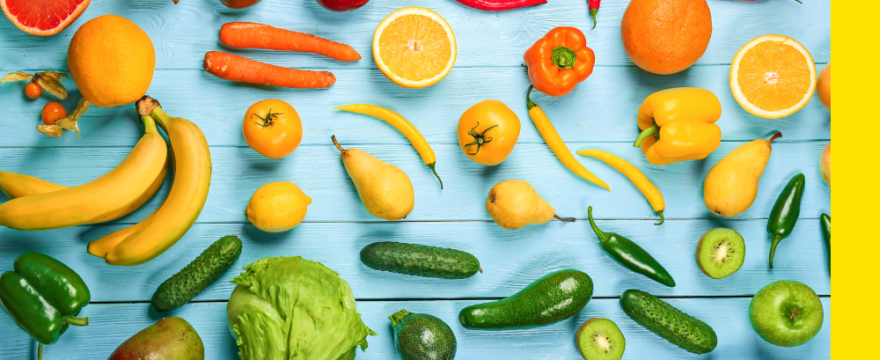When we think about cooking a delicious meal, especially one involving grilled or pan-seared meats, we rarely consider how certain cooking processes could impact our health. However, we now know in the health science community that cooking meat at high temperatures can produce harmful compounds, including heterocyclic amines (HCAs). These chemicals, while small in size, have a significant impact on our health. Specifically, they are linked to an increased risk of cancer.
This article will explore what HCAs are, how they form, and how they can cause cancer, alongside actionable steps to reduce your exposure.
What Are Heterocyclic Amines (HCAs)?
Heterocyclic amines (HCAs) are a group of chemical compounds that form when meat is cooked at high temperatures, especially through grilling, frying, or broiling. HCAs are created during the reaction of amino acids (the building blocks of protein), sugars, and creatine (a chemical in muscles) under high heat.
Common examples of HCAs include:
- PhIP (2-amino-1-methyl-6-phenylimidazo[4,5-b]pyridine)
- MeIQx (2-amino-3,8-dimethylimidazo[4,5-f]quinoxaline)
- DiMeIQx (2-amino-3,4,8-trimethylimidazo[4,5-f]quinoxaline)
These compounds are most commonly found in cooked beef, pork, poultry, and fish.
How Do HCAs Form?
HCAs are produced through a process called the Maillard reaction, which is responsible for the browning of meat and the creation of that savory, flavorful crust. While this browning is desirable for taste, it also comes with a tradeoff: the production of carcinogenic compounds.
The following factors influence the formation of HCAs:
- Cooking Temperature: Higher temperatures (above 300°F or 150°C) lead to more HCA formation.
- Cooking Time: The longer meat is cooked, especially at high heat, the greater the accumulation of HCAs.
- Type of Meat: Muscle meats (like chicken, beef, and pork) are more prone to forming HCAs compared to other protein sources like tofu or legumes.
- Cooking Method: Grilling, broiling, and frying produce significantly more HCAs compared to boiling, steaming, or slow-cooking.
How Do HCAs Cause Cancer?
HCAs are classified as mutagenic compounds, meaning they can directly damage DNA. Over time, this damage can accumulate, leading to mutations that may trigger cancer development. Here’s a closer look at how this process works:
- Metabolic Activation
When HCAs enter the body, they are metabolized by enzymes in the liver, particularly a group of enzymes called cytochrome P450. During this process, HCAs are converted into reactive intermediates. While this step is part of the body’s natural detoxification system, these intermediates can be harmful. - DNA Adduct Formation
The reactive intermediates of HCAs can bind to DNA, forming what are known as DNA adducts. This binding alters the structure of DNA, interfering with its normal functions. If the DNA damage is not repaired properly, it can lead to mutations in genes that regulate cell growth and division. - Carcinogenesis
The mutations caused by DNA adducts can disrupt the normal function of tumor-suppressor genes or activate oncogenes. Over time, this can lead to uncontrolled cell growth—a hallmark of cancer. HCAs have been shown to target organs like the colon, breast, prostate, and pancreas.
Evidence Linking HCAs to Cancer
Studies in both animals and humans have highlighted the carcinogenic potential of HCAs:
- Animal Studies: Lab animals fed diets containing HCAs developed cancers in organs such as the colon, liver, and mammary glands.
- Human Studies: Epidemiological studies have shown that individuals who frequently consume well-done or charred meats have an increased risk of colorectal, pancreatic, and prostate cancers.
Practical Tips to Reduce HCA Exposure
Takeaway: Balance and Awareness Are Key
Heterocyclic amines are a byproduct of our modern cooking habits, but understanding their risks empowers us to make healthier choices. By adopting mindful food prep practices and incorporating more plant foods into your diet, you can enjoy your meals while safeguarding your health.

Leave a Reply